Note; All products on this site are special products, the market price has been fluctuating, the specific customer service offer shall prevail, because the product is a new product, the picture is not a real shot, please confirm with customer service before placing an order model and product, price and other details, the site used, new are for sale, please contact customer service communication. 9907-018 is part of the 9905/9907 series within Woodward's 2301A series of electronic load sharing and speed control devices. It is designed to control the load sharing and speed of generators driven by diesel engines, gasoline engines, or steam and gas turbines, which are collectively referred to as "prime movers" in the manual.
DATA SHEET
 9907-018.pdf
9907-018.pdf
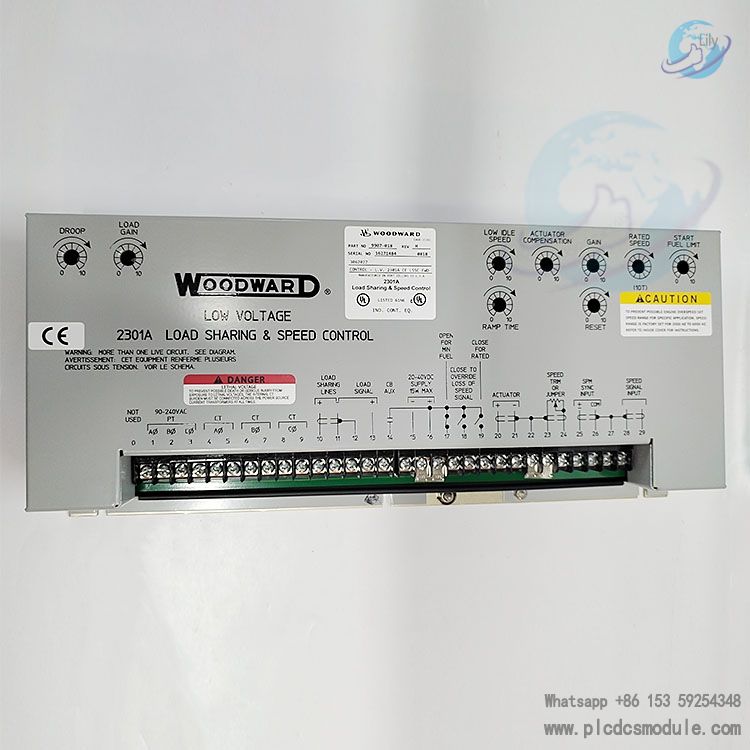
Product Specifications
Power Supply and Power Consumption: This product is a low-voltage model with an operating voltage range of 20–40 Vdc. The input power must be provided by a power supply/battery charger that complies with IEC standards and outputs at SELV (Safety Extra-Low Voltage) level. The rated power consumption is ≤15 W.
Actuator-related: It is compatible with actuators of 0–200 mA, which are of positive-acting type. A single actuator is used, and there is no deceleration ramp function. The maximum actuator output is 7.5 Vdc, corresponding to 0 to 214 mA, with a coil resistance of 35 Ω.
Speed Control: The speed control range can be selected via switches, including 500–1500 Hz, 1000–3000 Hz, 2000–6000 Hz (standard), and 4000–12000 Hz. The factory setting is 2000–6000 Hz. An incorrect speed range may cause overspeed, resulting in equipment damage and personal injury or death. The rated speed is 11450 Hz, and the low idle speed is 55% of the rated speed.
Load-related: Load sensing is 90–240 Vac 3-phase, 45–66 Hz 3-phase current transformer input; load sharing is 0–6 Vdc, and the load sharing accuracy is ±5% of the rated load when the speed settings match. The load gain is a maximum of 6 Vdc at 5 A current transformer current.
Environmental and Physical Characteristics: The operating temperature range is –40 to +85 °C (–40 to +185 °F). It can withstand vibration of 4 Gs (5 to 500 Hz) and shock of 60 Gs. The weight is approximately 1.8 kg (4 lb), and the surface is coated with a glossy powder coating.
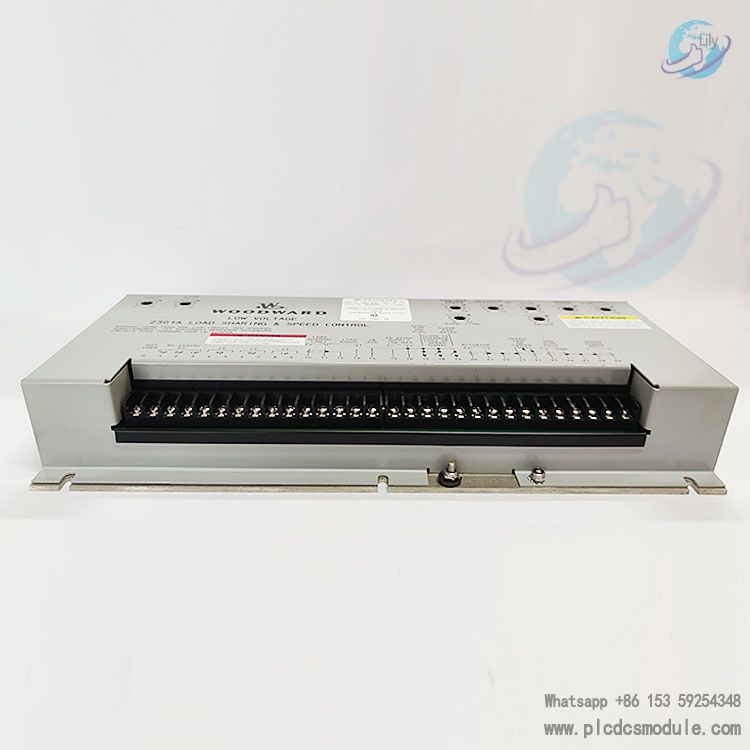
Functional Modes
Isochronous Mode: Used when the prime mover speed is constant. It is applicable to scenarios such as single prime mover operation, two or more prime movers controlled by the Woodward load sharing control system operating on an isolated bus, and base load operation on an infinite bus in conjunction with load control accessories like automatic power transfer and load control.
Droop Mode: Used for speed control where speed changes with load. It is suitable for situations where a single prime mover operates on an infinite bus or two or more prime movers operate in parallel.
Installation Points
Installation Location: It should be installed in an enclosed electrical operation area or a closed industrial control cabinet. Factors such as ventilation, maintenance space, and protection (waterproof, anti-condensation, anti-electromagnetic interference, anti-vibration) need to be considered. The operating temperature range should be –40 to +70 °C (–40 to +158 °F), and it must not be installed on the engine.
Electrical Connections: For external wiring connections and shielding requirements, refer to the factory wiring diagrams. All signal lines must be shielded, and there are strict regulations for the connection and handling of shielding layers. Wiring for different components (such as current transformers, droop contacts, power supplies, speed sensors, etc.) must be done in accordance with the manual requirements.
Electrostatic Protection: The electronic control device contains electrostatically sensitive components. Before handling, static electricity in the human body must be discharged. Non-anti-static materials should not be used, and circuit board components should not be touched. Relevant preventive measures in the manual must be followed.
Operation and Adjustment
Initial Setup: Including setting multiple potentiometers such as rated speed, reset, and gain to specific initial positions, and ensuring the actuator is correctly connected.
Startup and Adjustment: After completing the installation inspection, start up according to the steps, including presetting the rated speed, checking the speed sensor, starting the prime mover, etc. Then perform stable operation adjustment, speed setting adjustment, dynamic adjustment, etc., to ensure the stable operation of the prime mover.
Special Adjustments: Such as actuator compensation adjustment, low idle speed adjustment, ramp time adjustment, current transformer phase check, load gain adjustment, droop adjustment, etc., which need to be operated according to the manual steps based on specific conditions.
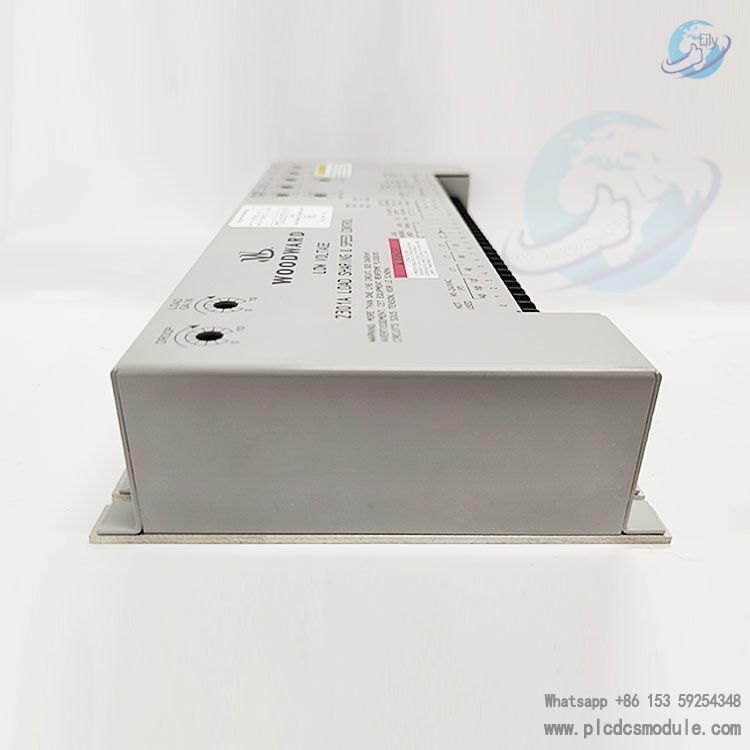
Customers who purchased this product are also browsing the following products:
woodward 9907-167 505E Digital Governer with controlled
Woodward 8273-140 2301D Load Sharing Speed Control
GE F31X305NTBANG1 531X305NTBANG1 terminal board
ABB PFCL201CE-150 KN 3BSE006699D0005 Pressductor PillowBlock Load cells










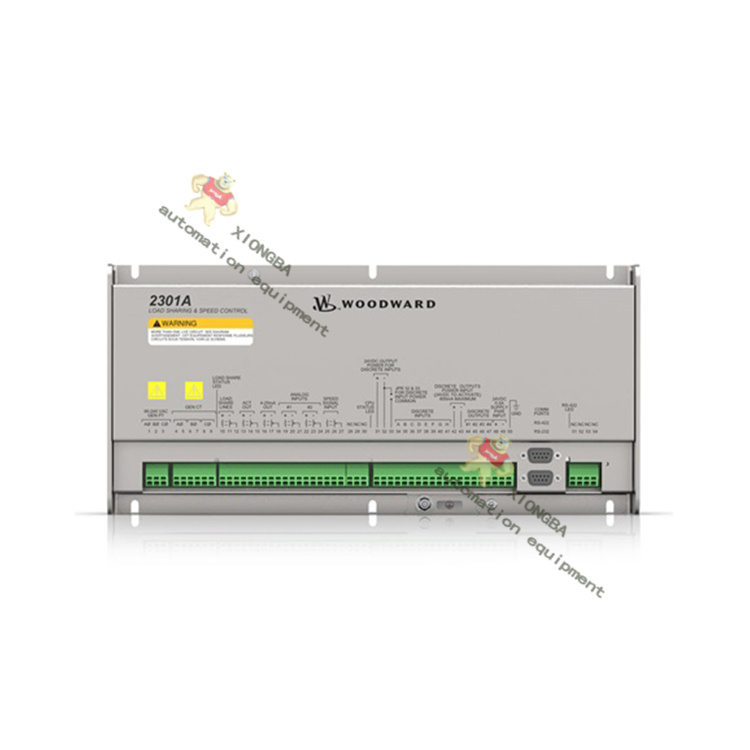
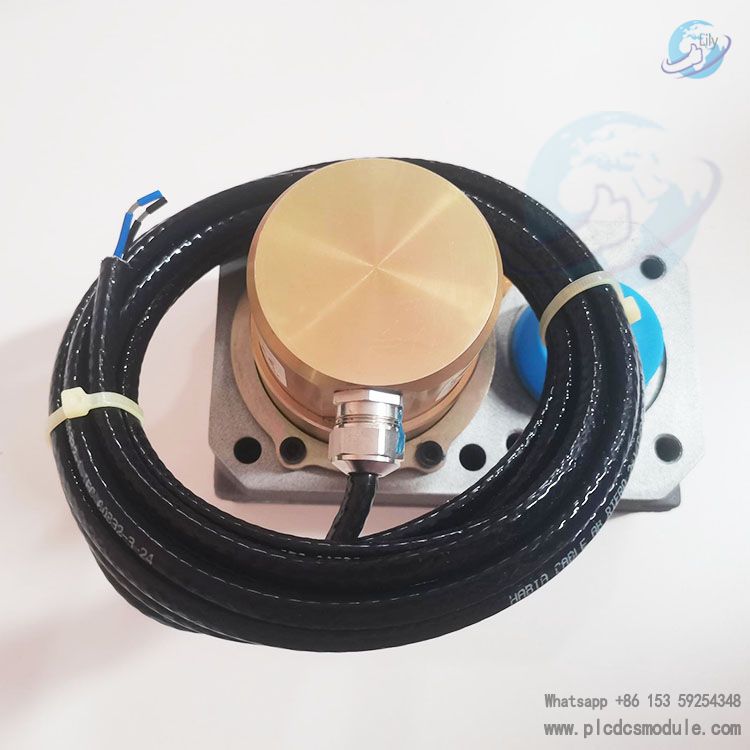

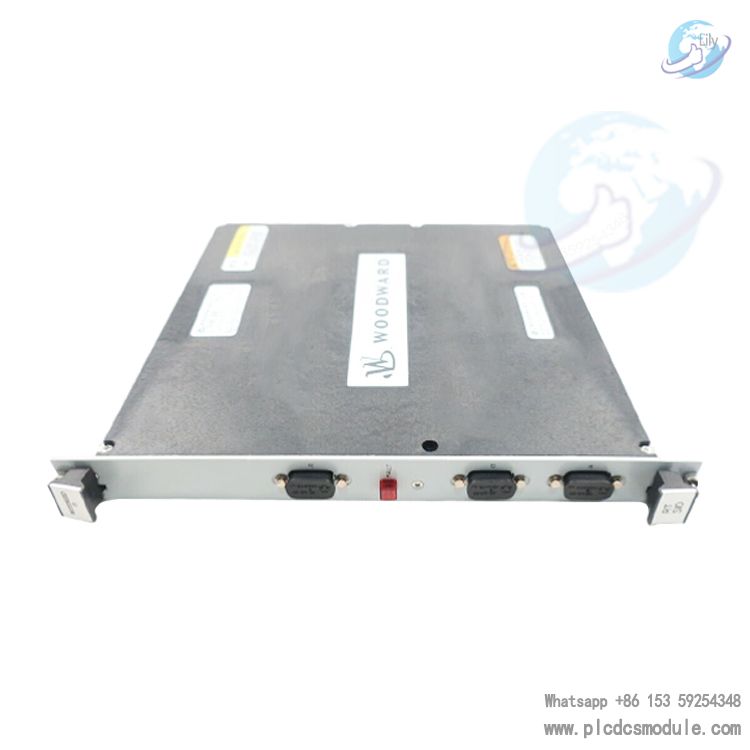


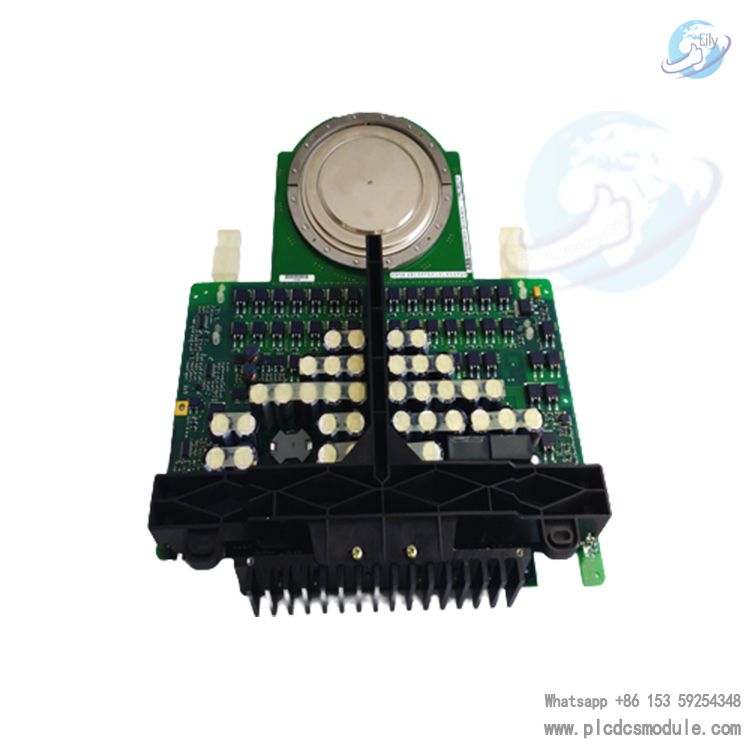
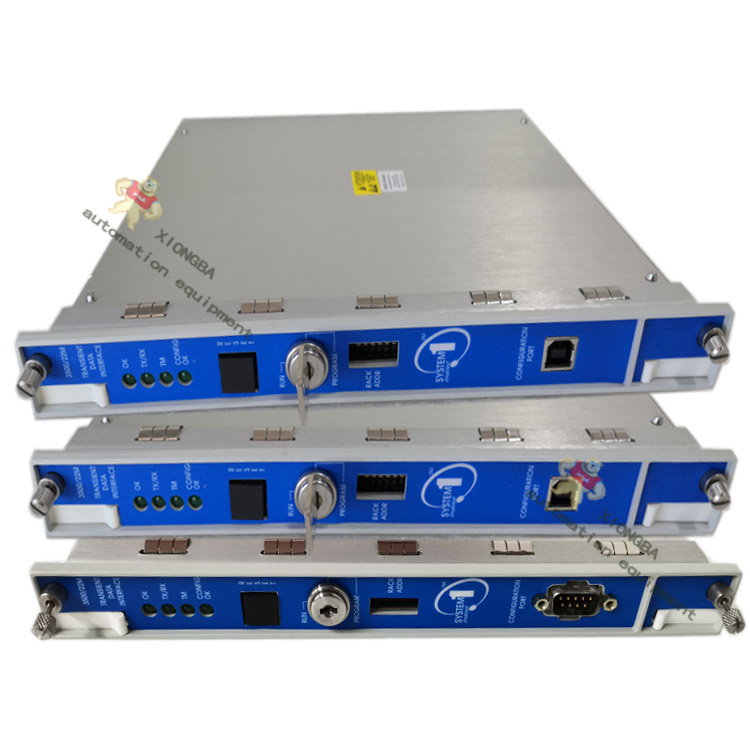
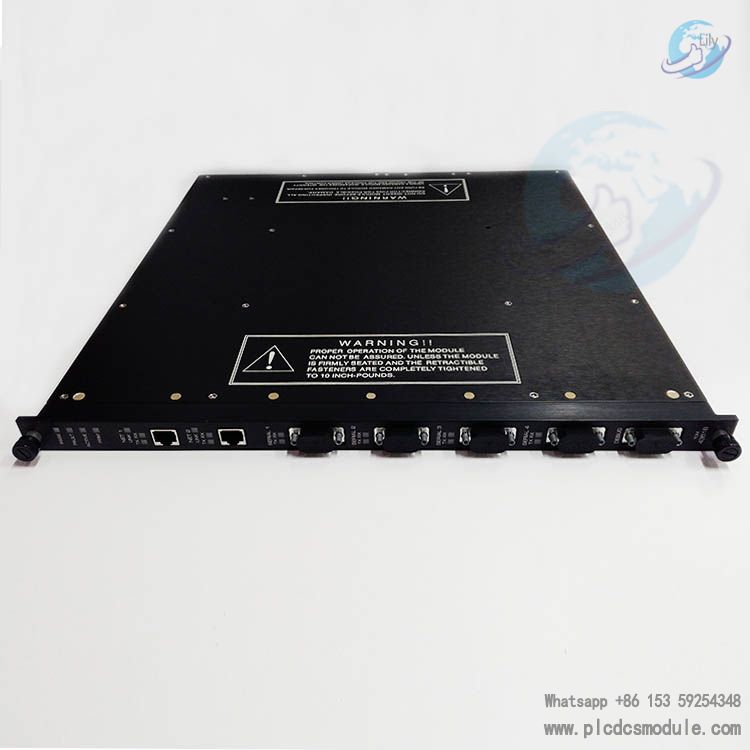
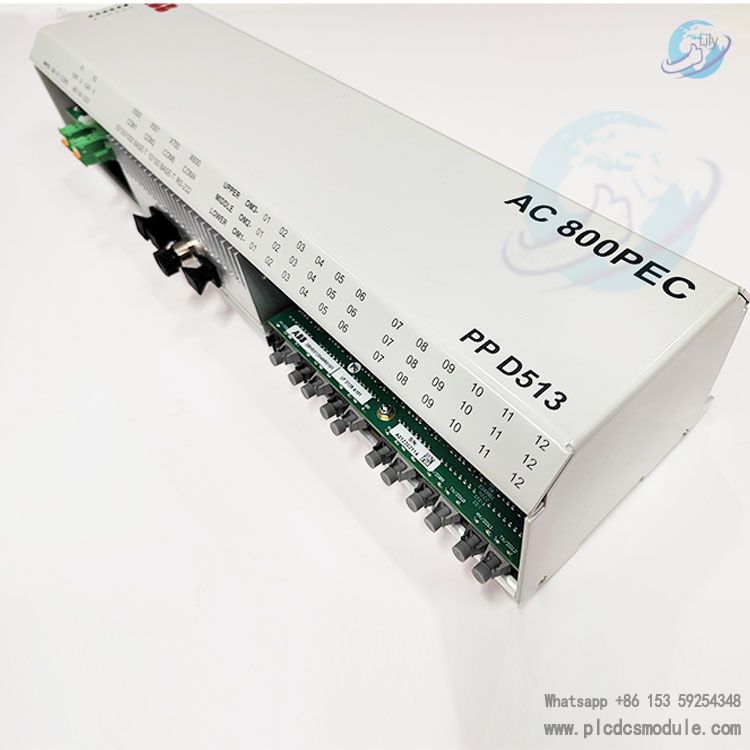
 3005319639
3005319639